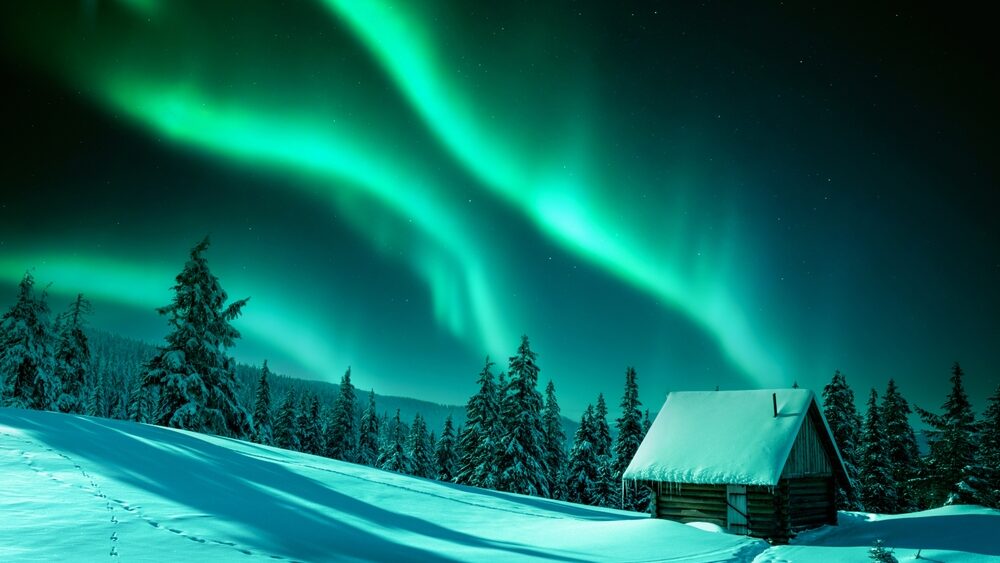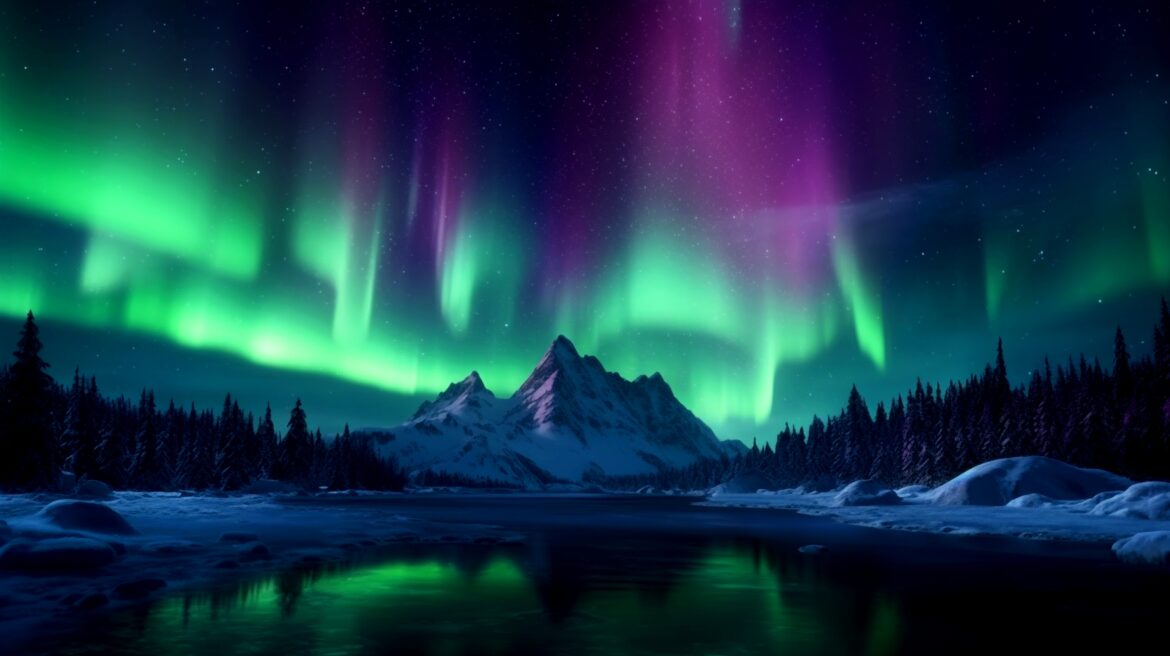The Northern Lights, also known as the Aurora Borealis, have mesmerized people for centuries. These dazzling displays of light in the night sky are one of nature’s most breathtaking phenomena. But have you ever wondered how the Northern Lights are formed? The science behind them is as fascinating as the lights themselves.
In this blog, we will explore the formation of the Northern Lights, the role of the Earth’s magnetic field, and the scientific processes that create this extraordinary spectacle. We will also answer some frequently asked questions to provide a deeper understanding of this natural wonder.
What Are the Northern Lights?
The Northern Lights are a natural light display that occurs in the Earth’s polar regions, mainly near the Arctic Circle. They appear as shimmering green, purple, blue, and red lights that dance across the night sky. These lights are caused by charged particles from the sun colliding with Earth’s atmosphere.
The counterpart of the Northern Lights in the Southern Hemisphere is known as the Aurora Australis, or the Southern Lights. The formation process for both is the same, but they are visible from different parts of the world.

How Are the Northern Lights Formed?
The Northern Lights form through an amazing process where solar wind, Earth’s magnetic field, and atmospheric gases all work together. Here’s how it happens:
1. The Role of the Sun
The process begins with the sun. The sun continuously emits a stream of charged particles known as the solar wind. This solar wind consists mainly of electrons and protons, which travel through space at extremely high speeds.
2. Interaction with Earth’s Magnetic Field
When the solar wind reaches Earth, it encounters the Earth’s magnetosphere, which is a protective shield created by our planet’s magnetic field. Instead of directly hitting Earth, most of these charged particles are deflected. However, some manage to enter the magnetosphere and get trapped along Earth’s magnetic field lines.
3. Collision with Atmospheric Gases
The trapped particles are guided towards the polar regions, where they interact with the gases in Earth’s atmosphere. When these charged particles collide with oxygen and nitrogen molecules, they excite the gases, causing them to release energy in the form of light. This glowing light is what we call the Northern Lights.
4. Colors of the Northern Lights
The colors of the Northern Lights depend on the type of gas that is being excited:
- Green: The most common color, produced when oxygen molecules at around 60 miles (100 km) above Earth’s surface are excited.
- Red: Formed at higher altitudes (above 150 miles) when oxygen molecules emit a different wavelength of light.
- Blue and Purple: Caused by nitrogen molecules in the lower atmosphere.
- Yellow and Pink: Created by a mixture of oxygen and nitrogen emissions.
Best Places to See the Northern Lights
The Aurora Borealis is most visible in locations near the magnetic poles. Some of the best places to witness this spectacular light show include:
- Norway (Tromsø, Lofoten Islands)
- Iceland (Reykjavik, Thingvellir National Park)
- Canada (Yukon, Northwest Territories)
- Finland (Lapland)
- Alaska, USA (Fairbanks)
The best time to see the Northern Lights is during the winter months (September to March) when the nights are longer and darker.

Factors That Influence Northern Lights Visibility
Several factors affect the visibility of the Northern Lights, including:
- Solar Activity: Higher solar activity leads to stronger auroras.
- Weather Conditions: Clear, dark skies increase visibility.
- Light Pollution: Urban lights can make it difficult to see the aurora.
- Geomagnetic Storms: Strong solar storms enhance aurora intensity and allow them to be seen further south.
The Northern Lights are truly one of nature’s most incredible spectacles. Understanding how the Northern Lights are formed helps us appreciate the science behind this celestial wonder. From solar wind interactions to atmospheric collisions, this natural phenomenon is a perfect example of how cosmic forces create beauty on Earth.
If you ever get the chance, witnessing the Aurora Borealis in person is an experience you’ll never forget. Plan your trip, check the aurora forecasts, and prepare to be amazed by this breathtaking light show in the night sky.
FAQs About the Northern Lights
1. What causes the Northern Lights to change colors?
The colors of the Northern Lights depend on the type of gas particles involved and their altitude. Oxygen gives off green and red colors, while nitrogen creates shades of blue and purple.
2. Can the Northern Lights be predicted?
Yes, scientists use solar activity data to predict the Aurora Borealis. Websites and apps provide real-time aurora forecasts, helping travelers find the best viewing times.
3. Can you see the Northern Lights year-round?
The best time to see the Northern Lights is from September to March, but in some regions, they can occasionally be seen during summer if the sky is dark enough.
4. Do the Northern Lights make a sound?
Some people claim to hear a faint crackling or rustling sound, but scientific evidence is still being explored. The aurora itself is a visual phenomenon, and any sounds may be related to environmental factors.
5. What is the difference between the Northern Lights and the Southern Lights?
The Northern Lights (Aurora Borealis) appear in the Northern Hemisphere, while the Southern Lights (Aurora Australis) are visible in the Southern Hemisphere. Both are formed by the same process.


